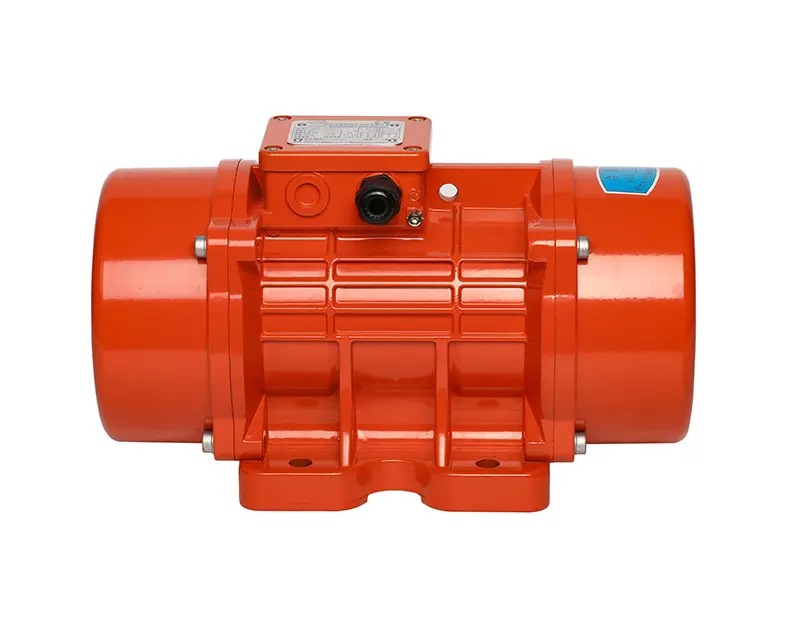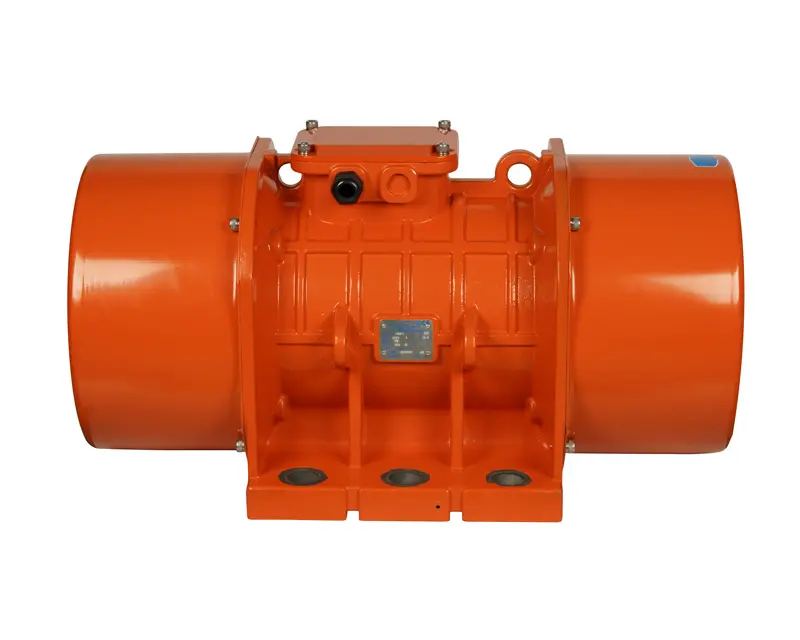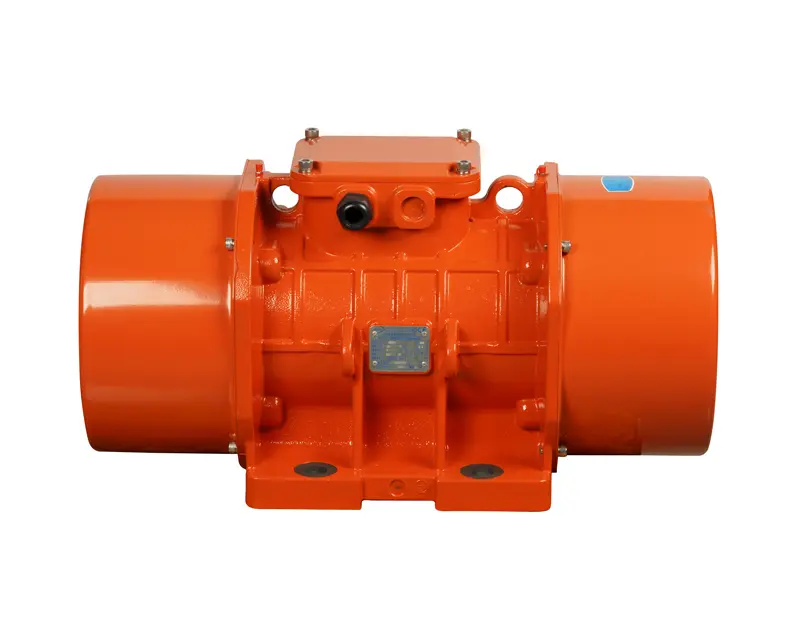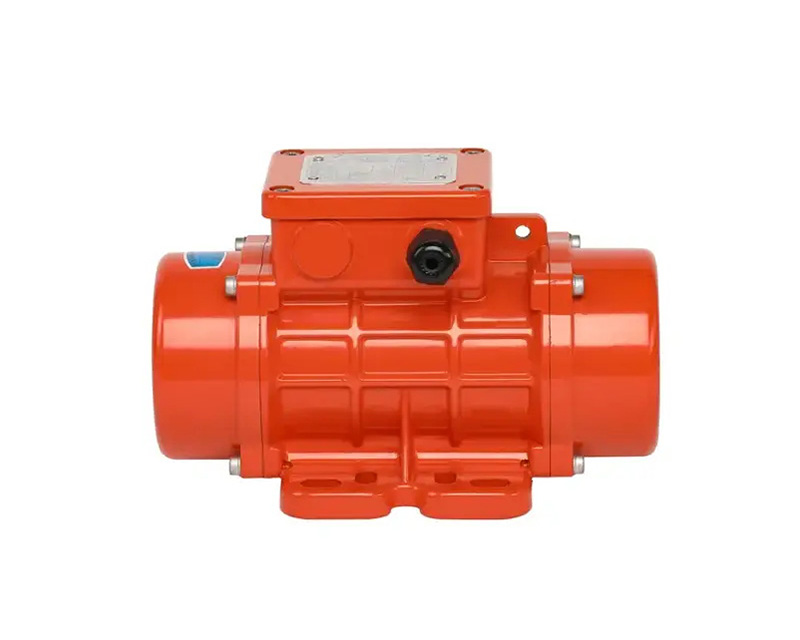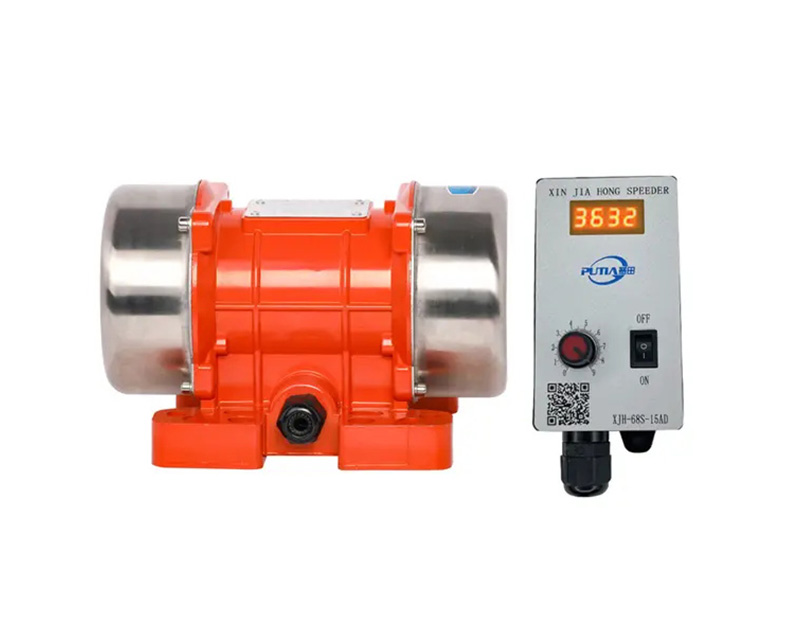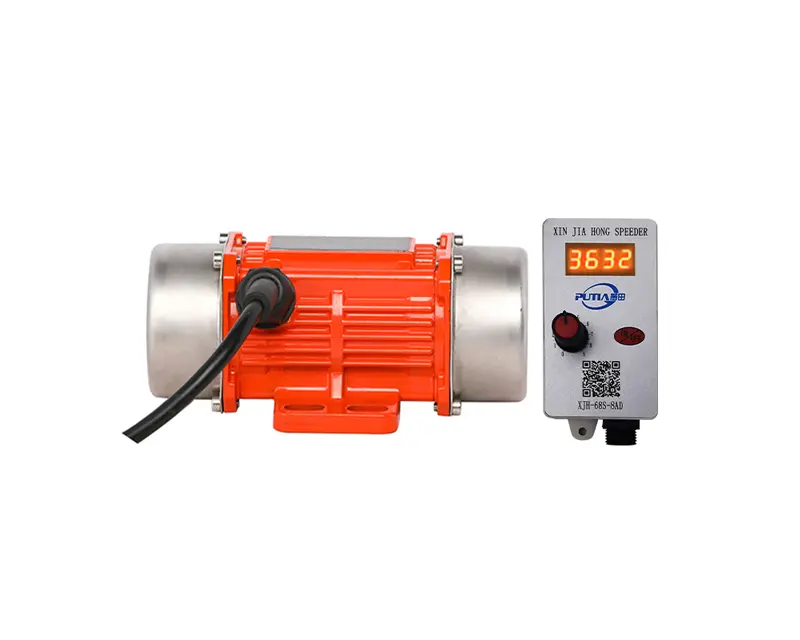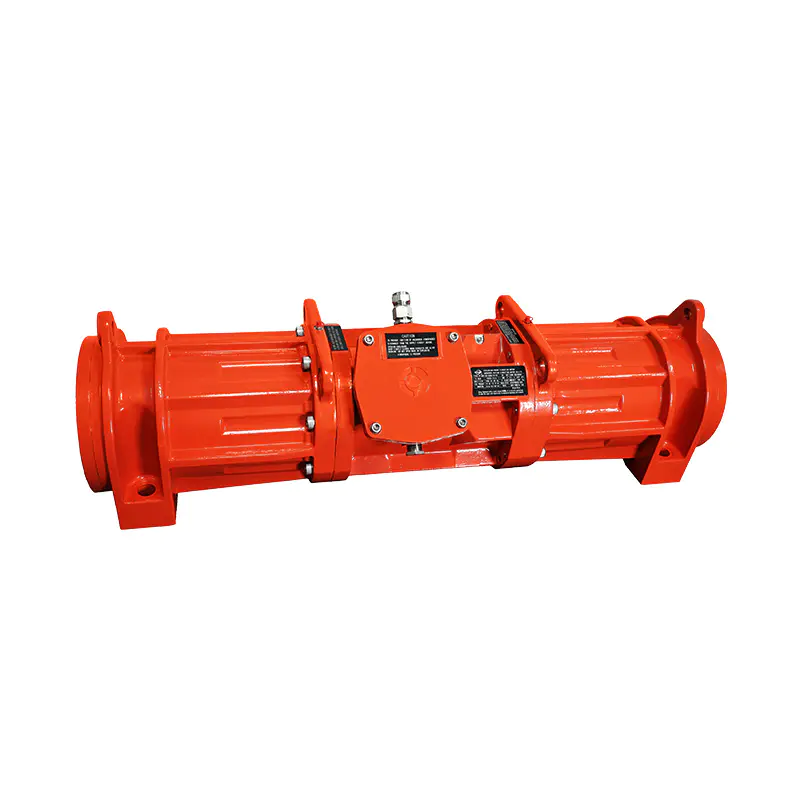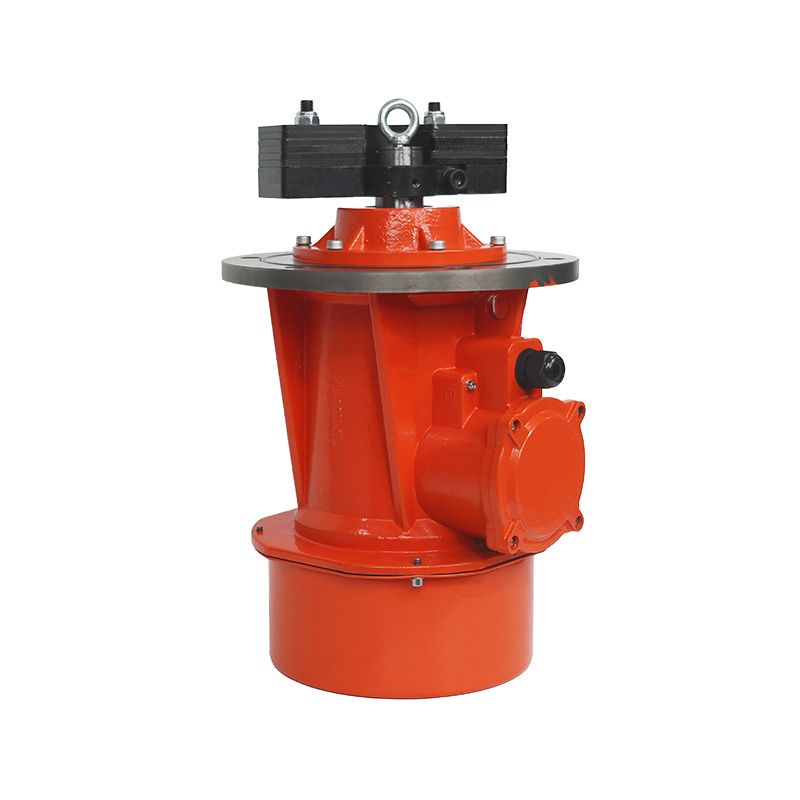Utilizing High-Power AC Motors In Micro Motor Manufacturing
 Apr-11-2024
Apr-11-2024
 Industry News
Industry News
The utilization of high-power AC motors in micromotor manufacturing has revolutionized the industry, enabling enhanced efficiency, productivity, and reliability in the production of miniature motors. These motors, characterized by their robust design and high-performance capabilities, play a crucial role in driving the manufacturing processes that underpin various industries, including automotive, aerospace, electronics, and medical devices.
High-power AC motors are distinguished by their ability to deliver substantial torque and power output, making them well-suited for demanding applications where precision and reliability are paramount. Unlike traditional motors, which may struggle to meet the stringent requirements of micromotor manufacturing, high-power AC motors excel in delivering consistent performance across a wide range of operating conditions.
One of the key advantages of high-power AC motors is their versatility and adaptability to diverse manufacturing environments. Whether it's precision machining, assembly line automation, or intricate testing procedures, these motors provide the flexibility and power necessary to meet the dynamic demands of modern micromotor production facilities.
Moreover, the advanced control features inherent in high-power AC motors allow for seamless integration with automated systems, ensuring precise speed and torque control for each stage of the manufacturing process. This level of precision is essential for achieving tight tolerances and maintaining product quality in micromotor manufacturing.
In addition to their performance benefits, high-power AC motors offer significant energy efficiency advantages compared to conventional motor technologies. By optimizing energy consumption and less waste, these motors help reduce operational costs and environmental impact, aligning with sustainability goals and regulatory requirements.
Furthermore, the reliability and durability of high-power AC motors contribute to overall equipment uptime and longevity in micromotor manufacturing facilities. With robust construction, advanced cooling systems, and integrated diagnostic capabilities, these motors have less downtime and maintenance requirements, maximizing productivity and profitability.
In the competitive landscape of micromotor manufacturing, selecting the right motor technology is paramount to success. By leveraging the power and performance of high-power AC motors, micromotor manufacturers can gain a competitive edge, delivering predominant quality products with greater efficiency and precision.
In conclusion, the integration of high-power AC motors has transformed the micromotor manufacturing industry, driving innovation, efficiency, and reliability. With their advanced capabilities and versatility, these motors are poised to shape the future of micromotor production, enabling manufacturers to meet the evolving demands of today's market with confidence and success.
The continuous advancements in high-power AC motor technology hold immense promise for the future of micromotor manufacturing. As research and development efforts continue to push the boundaries of motor efficiency, performance, and miniaturization, new opportunities emerge for enhancing the capabilities and applications of micromotors.
One area of focus is the development of integrated motor systems that combine high-power AC motors with advanced control algorithms and sensor technologies. These integrated systems offer exceptional levels of precision, responsiveness, and adaptability, paving the way for innovative solutions in areas such as robotics, medical devices, and consumer electronics.
Furthermore, the integration of high-power AC motors with emerging technologies like artificial intelligence (AI) and the Internet of Things (IoT) opens up exciting possibilities for intelligent motor systems. By leveraging AI-driven analytics and real-time data monitoring, manufacturers can optimize motor performance, predict maintenance needs, and enhance overall operational efficiency.
In parallel, the micromotor manufacturing industry is witnessing a growing emphasis on sustainability and eco-friendly practices. High-power AC motors play a vital role in this regard, offering energy-efficient solutions that lessen carbon footprint and reduce environmental impact. As sustainability becomes increasingly important to consumers and regulatory bodies, the adoption of eco-friendly motor technologies will become a key differentiator for manufacturers.
Looking ahead, collaboration and knowledge-sharing among industry stakeholders will be essential for driving further innovation and growth in micromotor manufacturing. By fostering partnerships between motor manufacturers, technology providers, and end-users, the industry can accelerate the development and adoption of cutting-edge motor solutions that address the evolving needs of the market.


 English
English русский
русский Português
Português عربى
عربى فارسی
فارسی
